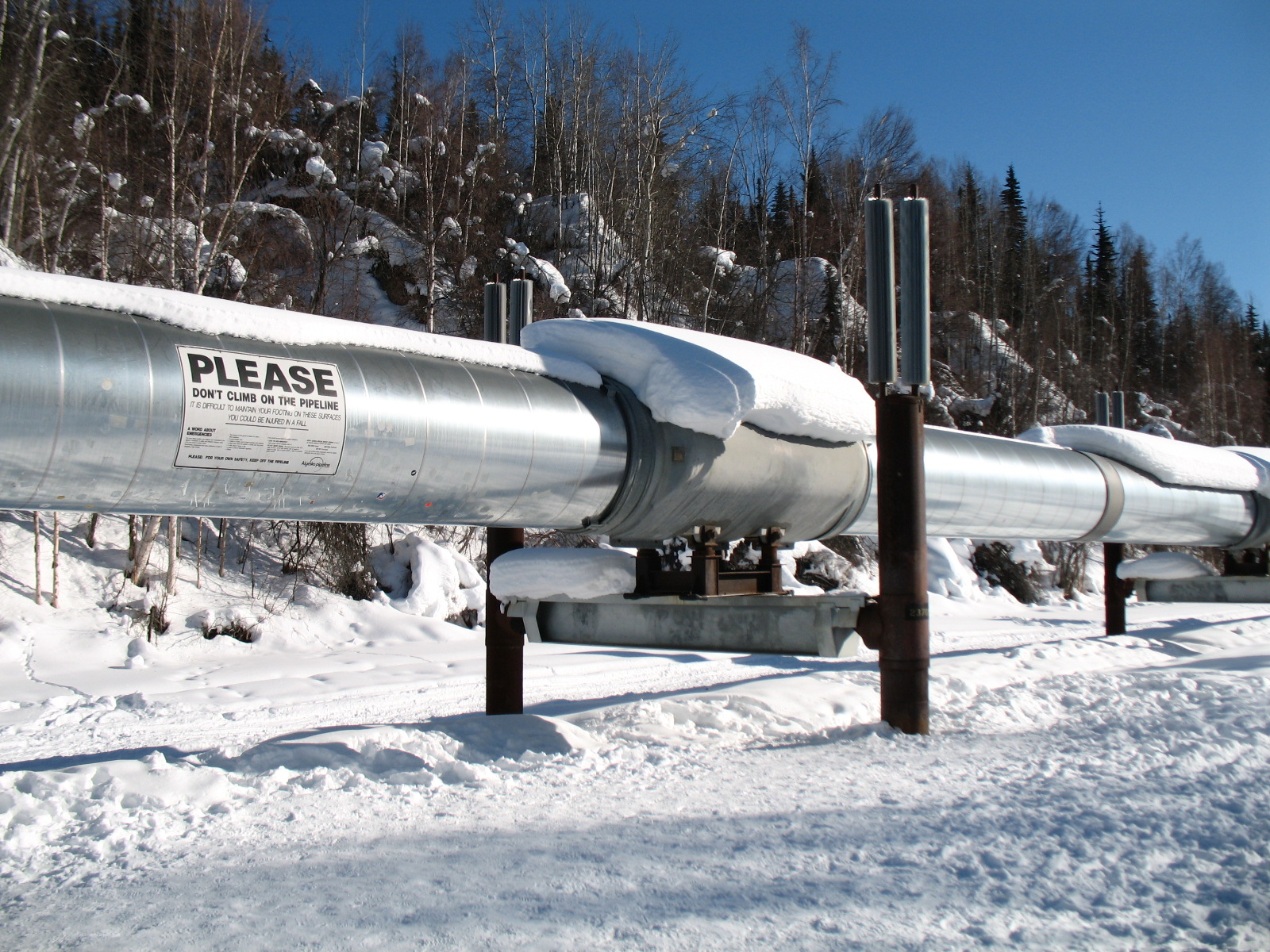
Delan Li

Delan Li

In 2008, Tim DeChristopher registered to bid on oil and gas leases at the Utah Bureau of Land Management (BLM) office and won 14 leases worth $1.7 million but had no intention to pay for them. He claimed he did so to combat government violations of laws and regulations that worsened climate change. He was indicted and faced charges, but he argued that his actions were necessary and legally justified due to urgent environmental concerns. The government, in turn, filed a motion to bar DeChristopher from using a necessity defense, claiming he had legal alternatives for his actions. Despite his arguments, DeChristopher was sentenced to two years in prison.
DeChristopher lost the battle, but his case marked an opening salvo as the first recorded case of the use of the necessity defense in climate change litigation.
The necessity defense is a legal defense used in certain situations where a person’s actions normally considered unlawful are justified because they were necessary to prevent greater harm or evil. For example, if a person breaks into a building to rescue someone who is in imminent danger, they may be able to use the necessity defense to argue that their actions were justified.
As climate change threatens our planet, the climate necessity defense is gaining traction among environmental activists and attorneys practicing climate justice. This defense argues that acts of civil disobedience, such as blocking pipelines or occupying coal mines, are justified when done to prevent or mitigate the catastrophic effects of climate change. The climate necessity defense asserts that in the face of an urgent and imminent threat to the environment and human health, the defendants had no choice but to take direct action.
“The climate necessity defense serves as a tool for activists to defend themselves in court while also educating the legal system and the public about the urgent threat of climate change,” Ted Hamilton, the cofounder and attorney of Climate Defense Project, said. “It highlights the need for radical political action as existing laws and government efforts may be insufficient to address the catastrophic consequences of global warming.”
While the climate necessity defense is an important legal tool for activists, it has faced obstacles in its implementation.
“In DeChristopher’s case, the court refused to permit a defendant who committed indirect civil disobedience to use the defense when there were other legal alternatives. This refusal heavily burdens the defendant to consider every legal alternative available… it is extremely difficult to make the necessity defense argument when other individuals successfully attack the potential harm through legal mechanisms,” according to Joseph Rausch, previous Editor-in-Chief of the Columbia Journal of Environmental Law, in his article “The Necessity Defense and Climate Change: A Climate Change Litigant’s Guide”.
According to the Climate Disobedience Center, the necessity defense rules vary by state and court, so it’s important to consult a lawyer for specific jurisdictions and requirements. The general process involves an arrest, a not-guilty plea, offering necessity defense to the judge, presenting a defense to the jury, and finally, conviction or acquittal.
After arrest, activists typically plead not guilty and offer the necessity defense during pre-trial hearings. The judge will decide whether to allow the defense to proceed, considering arguments from both sides. If allowed, activists can present their defense during the trial, including evidence on climate change and moral justifications for their actions. Finally, the jury or judge deliberates and delivers a verdict of conviction or acquittal based on the necessity defense argument.
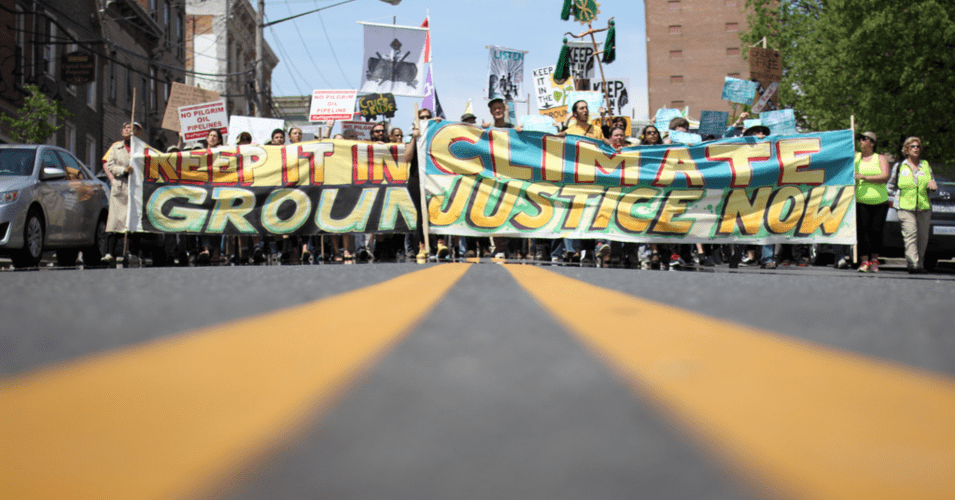
Advocates argue that, when used judiciously, civil disobedience can be a powerful tool for social change, and the climate necessity defense provides a legal framework for activists to make their case in court.
However, the climate necessity defense is not without controversy. Critics argue that it promotes lawlessness and undermines the rule of law. Some view it as a loophole for activists to justify illegal actions.
“The climate necessity defense often faces resistance from courts, with judges rejecting its use before trial. There is skepticism within the legal establishment about the effectiveness of civil disobedience and doubts about the need for individuals and movements to take action to address the climate crisis,” Hamilton said.
Barriers to the use of the necessity defense come not only from the legal system but also from the industries that are responsible for climate change.
“Fossil fuel corporations and conservative lawmakers also impose legal penalties and surveillance on climate activists, making it difficult for them to engage in activism. These hurdles, including legal resistance and campaigns against climate activists, create challenges in challenging the fossil fuel industry and addressing the climate crisis,” Hamilton said.
The first example of a judge accepting the climate necessity defense was on March 27, 2018, when Boston Municipal Judge Mary Ann Driscoll acquitted all 13 defendants of civil charges from a protest held in 2016 in Boston, MA. They were arrested and charged with trespassing and disorderly conduct while protesting the West Roxbury Lateral Pipeline.
“I am against the expansion of any fossil fuel infrastructure and the continued risk that infrastructure puts us all through climate change,” defendant Diane Martin said during her testimony. “And, as a Unitarian Universalist, it is my moral duty to step up and not only talk about what I believe but to act on what I believe.”
Another defendant also expressed deep conviction in his beliefs and moral duty in acting on them.
“Climate change poses a threat to our civilization. Despite recognizing ‘nicer’ ways to advocate for change, I believe urgent and bold action is necessary,” Warren Senders said in his testimony. “I am willing to risk arrest because of my moral duty to address the destructive effects of fossil fuel burning on our civilization.”
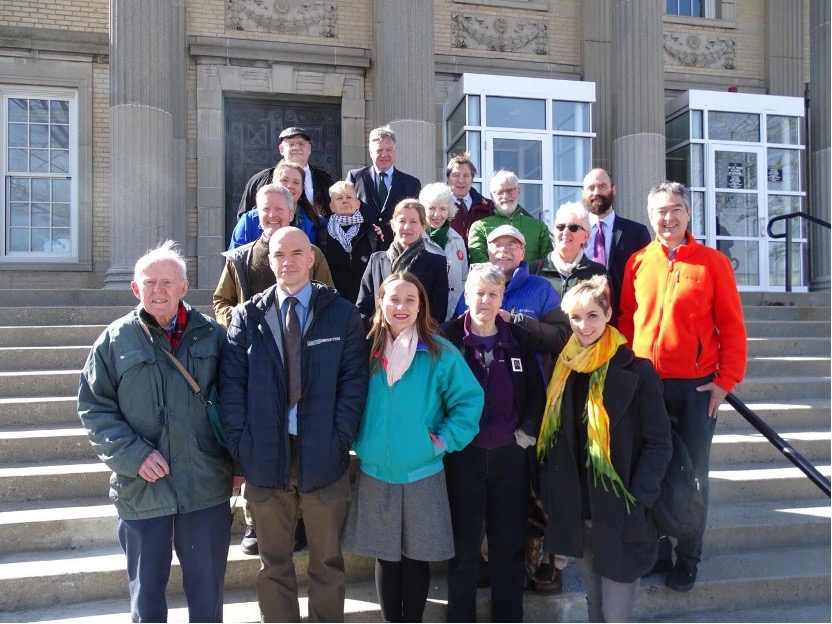
Another high-profile case that used the climate necessity defense was “The Valve Turners Case.” Climate activists from four states tried to halt the flow of tar sand oil from Canada into the United States and bring attention to climate change.
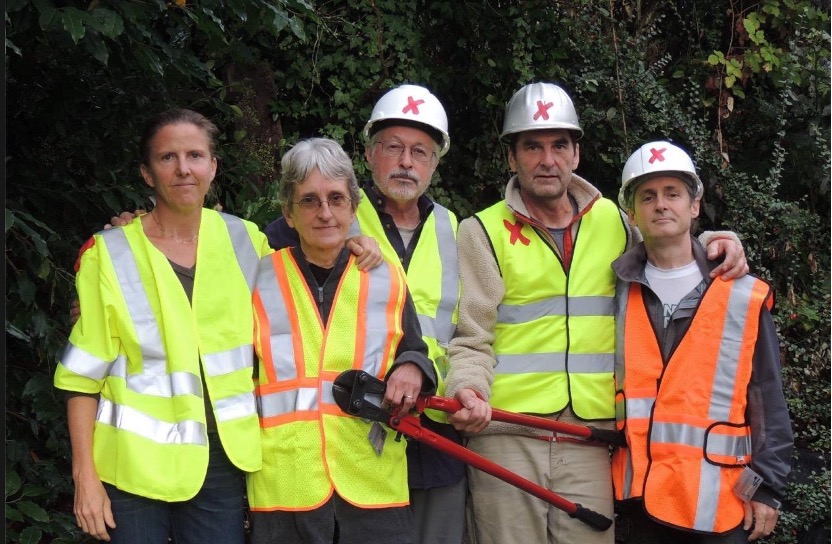
Leonard Higgins, one of the valve turners, was charged with criminal mischief for cutting three chains and turning off a valve on an oil pipeline at Montana-based Enbridge Inc. He was sentenced to three years probation and $3,755 in restitution. Herman Watson was one of his defense attorneys.
Watson explained the limitations of the climate necessity defense.
“While the necessity defense is a valid legal tool, the judge, in this case, denied us the opportunity to present that defense,” Watson said. “And, even though we disagree with the way some laws are applied, the judge is the boss and has the final say on what is legal.”
Fortunately, the verdict was one that Higgins found reasonable and readily accepted. The sentence will be wiped from his record if he does not commit any more offenses while on probation.
“I was expecting to go to jail for a long time, and I even wrote my will. I was surprised and grateful for the deferred sentence and reduced restitution,” Higgins said.
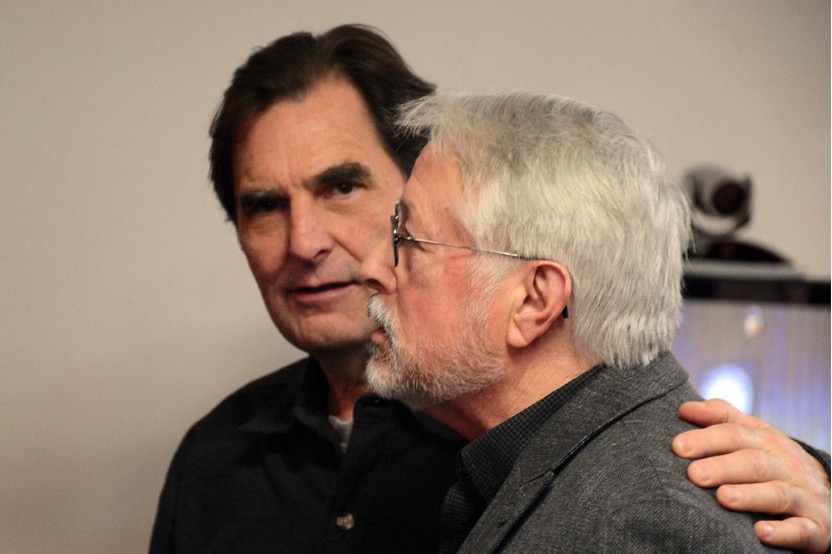
Higgins believes civil disobedience has a lawful and appropriate place in the US and that their actions have raised awareness about climate change and the need for urgent action, but not as much as they had hoped.
“I felt it was necessary to combat the increase in carbon emissions over the past 40 years,” Higgins said. “And I pictured in my mind when I closed the valve a general strike, mass action of hundreds and thousands of people. I believe it is the only way the world can reverse climate change now.”
While the protest action may be illegal, Watson explains the implications of it.
“The use of the necessity defense is not an incentive to break the law,” Watson added. “Many progressive movements and legal refinements throughout history have been based on illegal protests, and the significance of these actions may be better judged by future generations than now.”
Watson also said the fact that some states do not allow the necessity defense in climate cases could lead to a chilling effect. Still, he argued that if someone is passionate about a cause, they will continue to push for change regardless of legal barriers.
When Higgins was asked if he would be willing to risk breaking the law again for climate justice, he replied, “If I went back in time and were in the same place, I would do it again. Because back then, I had more freedom and ability to do it. But now, in the last years of my life, I want to be more present for my loved ones and friends and serve them.”
So, what does this mean for everyday citizens concerned about climate change?
The climate necessity defense is a significant tool for climate justice, especially as marginalized communities, Indigenous peoples, people of color, and low-income communities, who often contribute the least to climate change, are disproportionately impacted by its effects. The climate necessity defense can enable defendants to raise awareness about these systemic injustices and demand accountability from those responsible for climate change.
“People like me, living in a country with a high standard of living, should have a sense of responsibility. Not just to their own families or communities but they should be to all of humanity. That’s the most powerful thing,” Higgins said.